Nutmeg and Mace: A Tale of Two Spices
Nutmeg is a spice that was once upon a time hailed the world over as “worth its weight in gold”. In fact, the phrase “money doesn’t grow on trees” was just not applicable to this spice. One tree, but two incredibly different spices. Yes, the nutmeg tree is this huge evergreen tree, which produces both nutmeg and mace. The nutmeg is the seed kernel found inside the fruit, while mace is the lacy covering (aril) on the kernel. This nutmeg tree owes its origin to Banda, the largest of the Molucca spice islands of Indonesia. However, the word “nutmeg”, comes from the Latin nux, meaning nut, and muscat, meaning musky. The history of this spice can be traced to the 1st century CE when the Roman author Pliny spoke about this one tree which bears two nuts with two distinct flavours. Its ticket to fame was in the 1600s when the Dutch waged an all-out war on the island of Banda, just to control nutmeg production in the East Indies. Later, the Dutch even went to the extent of trading the Island of Manhattan, for control over a nutmeg-producing island owned by the British.
Cultivation
Since nutmeg and mace are practically a 2 in 1 spice, their cultivation, growth and harvest are the same. Nutmeg trees are usually propagated through seeds. First, the seeds are sprouted into saplings in a tray. Once the saplings start to grow, they are then transplanted to pits. The monsoons are the most ideal planting season. It’s during the summer months that they need a little shade and proper irrigation, especially during their early years. Normally, fast-growing shade plants like banana, Erythrina, etc. are grown a few months prior to the nutmeg planting season. Trees that grow from seedlings start yielding in 7 to 8 years. They reach their full bearing stage after 15 to 20 years. Nutmeg trees have a phenomenal life span, close to 60 years! The beauty of these trees is that they flower throughout the year. The nutmeg tree can reach a height of at least 66 feet. The fruit that it produces resembles a peach in shape and is known as the “nutmeg apple”. Most often, the fruit is discarded and the seed (nut) is retained. Once it is dried, we get both the nutmeg and the mace.
Uses
The essential oil from the spice is obtained by steam distillation of ground nutmeg and is used extensively by perfumeries and pharmaceuticals. It helps in treating diarrhoea, nausea, stomach spasms and pain, and intestinal gas. It is also used for treating cancer, rheumatism, kidney disease, and insomnia. This oil is used to relieve muscular aches and pains too.
Both nutmeg and mace are used both in sweet and savoury dishes. This is one spice that integrates the world – the Indian garam masala, the Canadian eggnog, the Italian tortellini, the American pumpkin pie, the Irish mulled cider, the Scottish haggis – the nutmeg is an essential component of all of them. There are unconfirmed reports which state that nutmeg is one of the mysterious ingredients in Coca-Cola.
Nutmeg is surprisingly a very strong narcotic when used in excessive doses. It contains myristicin – a natural compound which if taken in large doses has a heady effect. This buzz can last for a couple of days and it can be hallucinogenic, much like the infamous LSD. In fact, in Eastern countries, it is used as a drug because of its stimulant, carminative, astringent and aphrodisiac properties. Nutmeg is an absolute no-no for canines, as it causes seizures, tremors and nervous system disorders which can be fatal for them.
Nutmeg and Mace – two spices that are not spicy at all! In taste that is! To quote a religious preacher who once said, ‘the taste of your life depends on the spices you use to brew it’.
 Government of India
Government of India































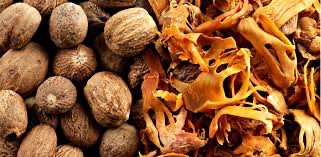
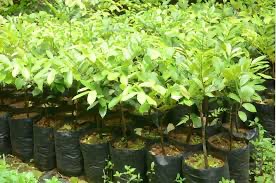
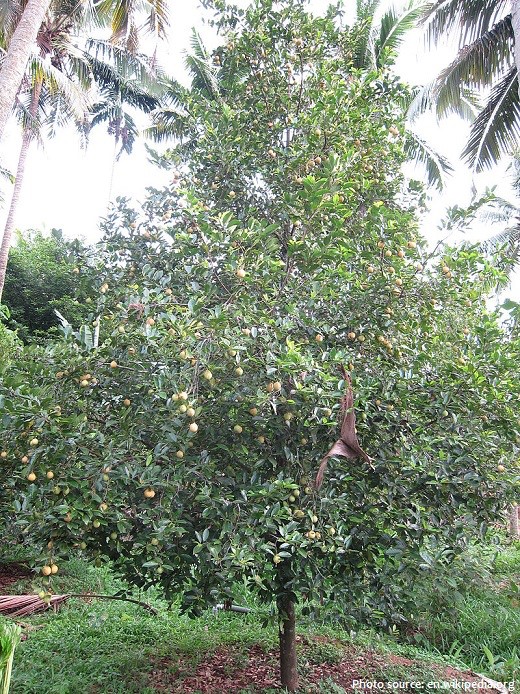
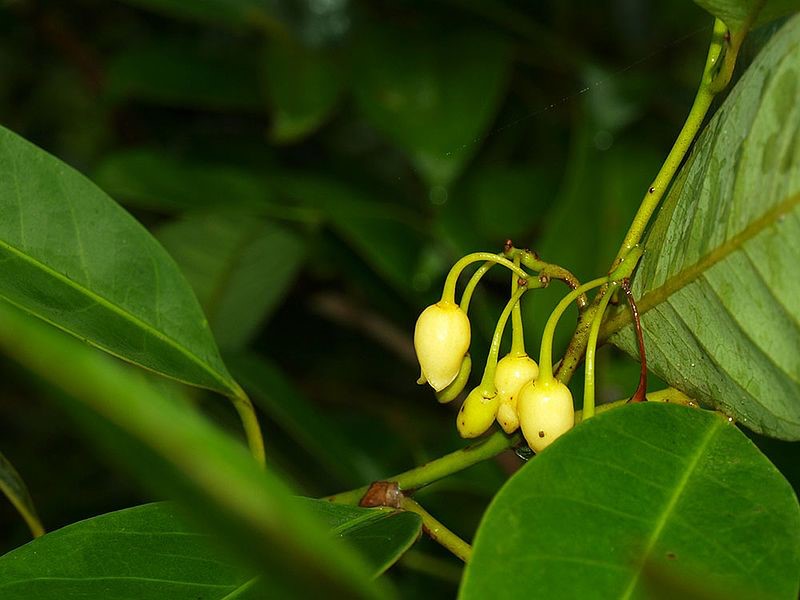
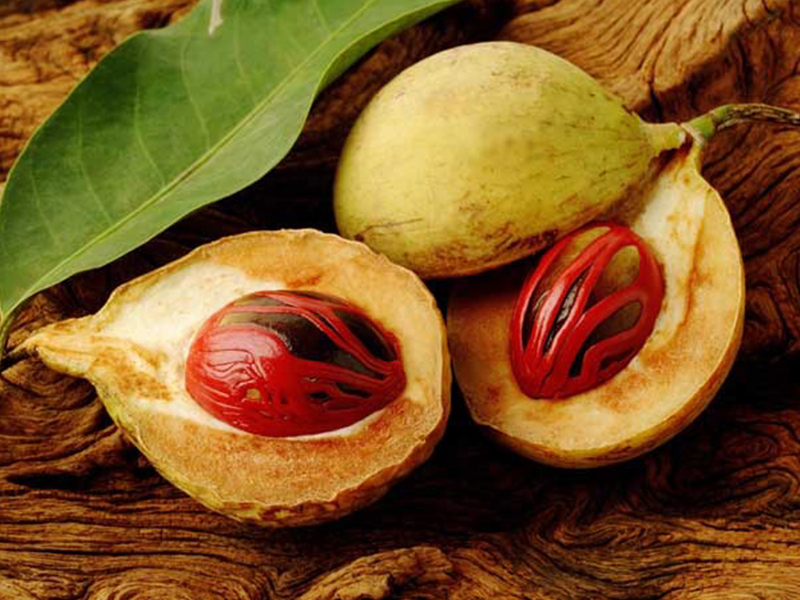


 Recognizing the ongoing need to position itself for the digital future, Indian Culture is an initiative by the Ministry of Culture. A platform that hosts data of cultural relevance from various repositories and institutions all over India.
Recognizing the ongoing need to position itself for the digital future, Indian Culture is an initiative by the Ministry of Culture. A platform that hosts data of cultural relevance from various repositories and institutions all over India.